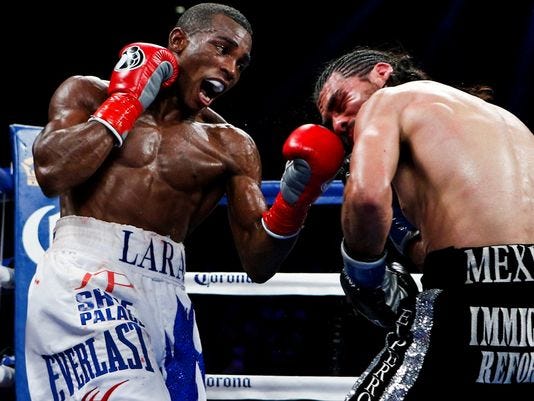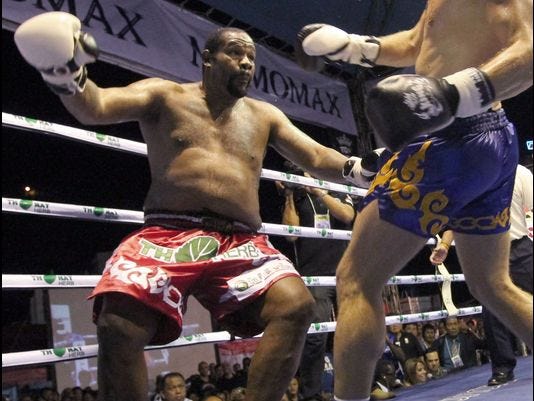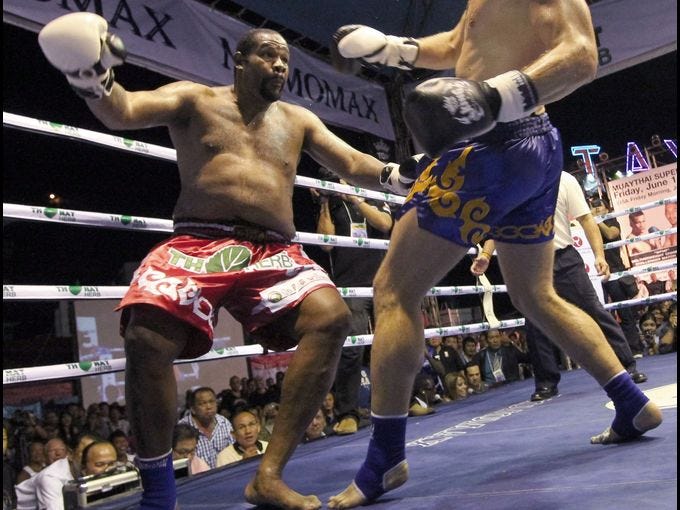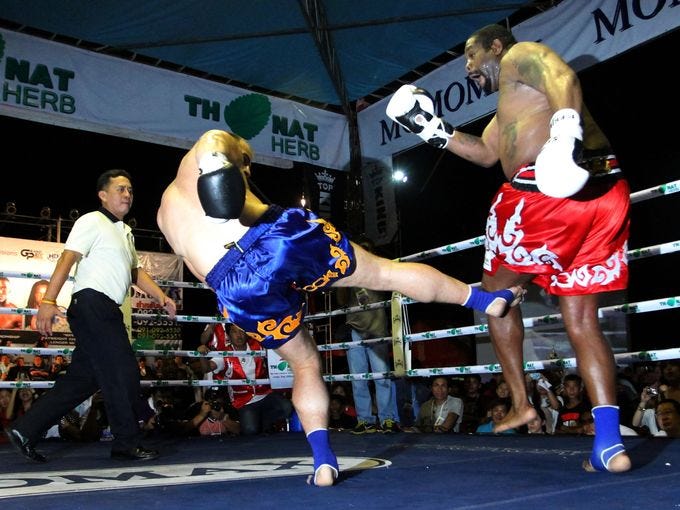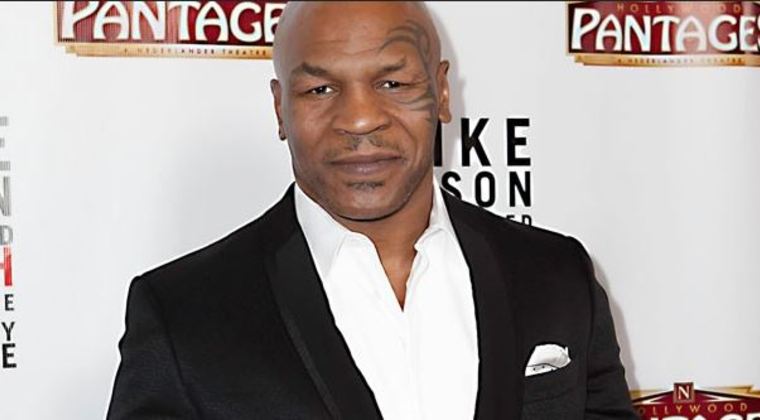‘I have kids who are doing better after a severe head injury than those who have had a ‘mild’ head injury”

AWA — Pediatric neurosurgeon Dr. Michael Vassilyadi works his magic on the kind of head injuries that make parents queasy just to contemplate.
Two years ago on Canada Day, Clayton was visiting a friend’s cottage near Portland. He was riding helmetless on an ATV when the vehicle hit a branch on the ground and careened into a tree. There was a small boy on the ATV, and Clayton shielded him from the impact.
In the process, Clayton crushed part of his skull against the ATV’s roll bar. A bone fragment penetrated his brain and a blood vessel was severed.
Clayton was rushed to hospital in Smiths Falls and taken to CHEO by air ambulance. In the operating room, Vassilyadi stopped the bleeding and reconstructed the shattered portion of skull.
Clayton, who now volunteers to speak to youth about the importance of wearing a helmet, has little memory of that day — although he does remember suffering from savage headaches while he was recovering at CHEO.
Remarkably, a mere four months later, Clayton was back playing competitive hockey. The accident didn’t affect his academic performance, either.
The speedy recovery of a patient with a severe head injury like Clayton compared to another patient with a concussion is one of the conundrums of head injuries.
“He did better than some kids with concussions,” says Vassilyadi, who frequently speaks to school and sports groups about concussion and head injury prevention.
“I have kids who are doing better after a severe head injury than those who have had a ‘mild’ head injury.”
At the end of this month, CHEO is wrapping up a study that looks at youth between the ages of 11 and 17 who have a sports-related concussion and still show symptoms at least three months later. Over the two years of the project, between 50 and 60 patients fit into this category.
About 900 children and youth visit CHEO’s emergency department every year with a suspected concussion. The most common symptoms are headaches, dizziness and nausea.
It is believed that in 90 per cent of cases, symptoms clear up after 10 days. But Vassilyadi and his multi-disciplinary team at CHEO found there are some symptoms that parents don’t connect to concussions.
Symptoms that parents don’t connect to concussions included:
- depression,
- sleeping too much or not enough and
- declining performance at school.
If emotional, social and cognitive symptoms are included:
- about a third of the pediatric patients with concussions have symptoms over three months.
- Symptoms can linger over a year or two.
Parents and coaches often think there has to be a loss of consciousness in a concussion. But the majority of those who have concussions don’t lose consciousness.
If a concussion is not recognized early, its harder to resolve, says Vassilyadi.
Helmets don’t prevent concussions, says Vassilyadi.
“There is no helmet out there that is concussion-proof.
Helmets prevent severe head injuries.”
It’s important not to cover up concussion headaches with pain medication. Nutrition and rehydration are crucial and sometimes the best treatment is rest, even if that means not returning to school.
“The mental stress might be too much. We have to offer a mental rest, depending on the severity of the injury.”
Video games, television, reading and texting can also be stress points, and should be removed.
For parents, part of the problem is that it is hard to get an assessment that says when a child should temporarily withdraw from school, or when it is safe to return to a sport.
It takes a team of health professionals, and an assessment can take up to two hours.
“When in doubt, sit them out,” he advised coaches and parents. “If they get injured a second or third time, the injury will be worse. It’s not a badge of honour to return to play with a concussion.”
Both the provincial government and school boards are looking at policies for a students’ return to school following a head injury.
